I want to help you build a sustainable, profitable handmade business that makes you consistent income and sales. I only ever teach or recommend marketing, social media, pricing, production and branding tips that I’ve personally used successfully in my own 7-figure handmade businesses.
I'm Mei, from Los Angeles!
Read More
Popular Posts You'll Love
Looking for something?
Categories
starting a business
get more traffic
running a business
make more sales
branding
growing a business
mindset & productivity
podcasts
pricing & money
product photography
reviews
selling on etsy
selling on amazon
social media
selling wholesale
- Facebook0
- Twitter3
- Pinterest29
- 32shares
If you want to start selling craft patterns, read this post first because I’ll be talking about the challenges you need to look out for, how to stand out and position yourself to make the most sales, production, pricing, distribution and a whole lot more!
What is a Pattern Business?
A pattern business refers to selling the instructions (the pattern) instructing a crafter how to make an item. It can be a knitting, crochet, cross-stitch, embroidery, or sewing pattern. You could even do a pattern for other craft you can think of like for punchneedle or kumihimo.
The biggest appeal to a craft pattern business is that it’s very easy to scale. Don’t mistake it with a passive income business, because there’s a fair bit of work you have to do so it won’t truly be passive.
What I mean by a scaleable business is that whether you sell one pattern to one customer or a thousand patterns to a thousand customers, the amount of effort required is about the same. The sky is really the limit here! The only income ceiling you have is limited by your marketing, and we’ll talk about that later.
With a pattern business, you do a bit more work getting set up at the start, but you can sell an infinite number of items with very little additional effort. If you sell a pattern for that crocheted blanket, you can sell dozens or hundreds of that pattern a week and it doesn’t matter if you’re sick or you just want to take time off and go on vacation!
It’s also relatively affordable to start a pattern business. You’ll need a computer and perhaps some special software. You’ll need a camera and you may need to hire a photographer or graphic designer to give your patterns a polished look. That’s about all you’ll need to get started.
The typical pattern price ranges between $5 and $12. That means that many people will purchase your pattern without too much hesitation. It’s a lot easier to persuade someone to buy a $5 item than it is for a $200 item.
That said, there are a number of challenges that you need to look out for and I think it’s important you think about this now, so you can plan ahead.
Challenges
I’ll start with the one I alluded to earlier: the price point.
Because you’re selling items that are in the single digits, you’ll need to sell a lot of them to make a living. Having a successful marketing strategy in place is crucial.
Another challenge to be aware of is that patterns typically come with customer service expectations. That is, if someone has difficulty with knitting a certain stitch, they’ll contact you to get help.
The question may be about your pattern, but it may also be the case that the user just isn’t a very experienced knitter. If you aren’t careful, this can generate a lot of work for you.
The best way to avoid it becoming an issue is to provide as many resources to your customers as possible in the way of tutorials and FAQ’s.
You can prerecord videos or create text-based tutorials with lots of pictures and point your customers to these resources, so you don’t have to manually answer people’s questions one by one.
Speaking of tutorials, another challenge is that the crafter will expect a lot of support materials. Video links inside a pattern are quite common. When you’re getting started with your business, you may find that the first pattern takes a really long time, because you’re creating a lot of supplementary materials to help ensure the best experience for your customer. The good news is this time per pattern will decrease as you produce more patterns and you’ve front-loaded the time spent making all these supplementary support materials.
Niche
Now, let’s talk about your shop’s niche. This may sound completely obvious, but I’m going to say it anyway because I see a lot of business owners go wrong, here.
You need to offer designs that people actually want.
If your designs aren’t in demand, they aren’t going to sell.
I’ve seen a lot of designers get disappointed to discover that their successful patterns aren’t the ones that they find personally enjoyable to make.
For example, if you’re a very skilled knitter, then maybe you enjoy knitting complicated, charted cabled sweaters. However, producing complicated designs such as this significantly narrows your audience. The patterns that sell well, tend to be accessible to beginner to intermediate crafters.
Once you have a few design ideas, you want to think about what they share in common so that your line has a cohesive common thread that ties everything together. What you don’t want is a pattern line that’s confusing with no connection, kind of like what I call a garage sale shop.
To give you an example, ‘cross stitch patterns’ by itself, is not a good enough theme in a competitive marketplace like we’re in now. We need to go deeper and find a niche.
A good starting point to do some market research to see what other patterns are out there is to search on Etsy. Normally I would say to avoid niches that are too competitive but having said that, the pattern space is a little bit of an anomaly.
If you create a basic t-shirt sewing pattern that’s gorgeously executed and accompanied by really effective marketing, it could be a bestseller. Don’t automatically shy away from a crowded space, but think carefully about how your design is different.
You also want to really think hard before you offer something absolutely no one else is doing. For example, there aren’t many patterns for men’s knitted sweater patterns. You may think this is an excellent opportunity, however, I know a couple of very talented designers who tried very hard to grow in the men’s sweater niche, and it’s just hard.
I mean, think about it. Most knitters are women (which decreases your potential audience) and so the number of sales, which will be few, just didn’t add up for those designers.
Start with Etsy for research, it’s a good place for that because so much of the information is public. You can see how many sales a shop has, how long they’ve been in business and how many times an item has sold.
If you’re a knitter or crocheter, you can also check out Ravelry, which also provides great statistics about how many times a pattern has been made.
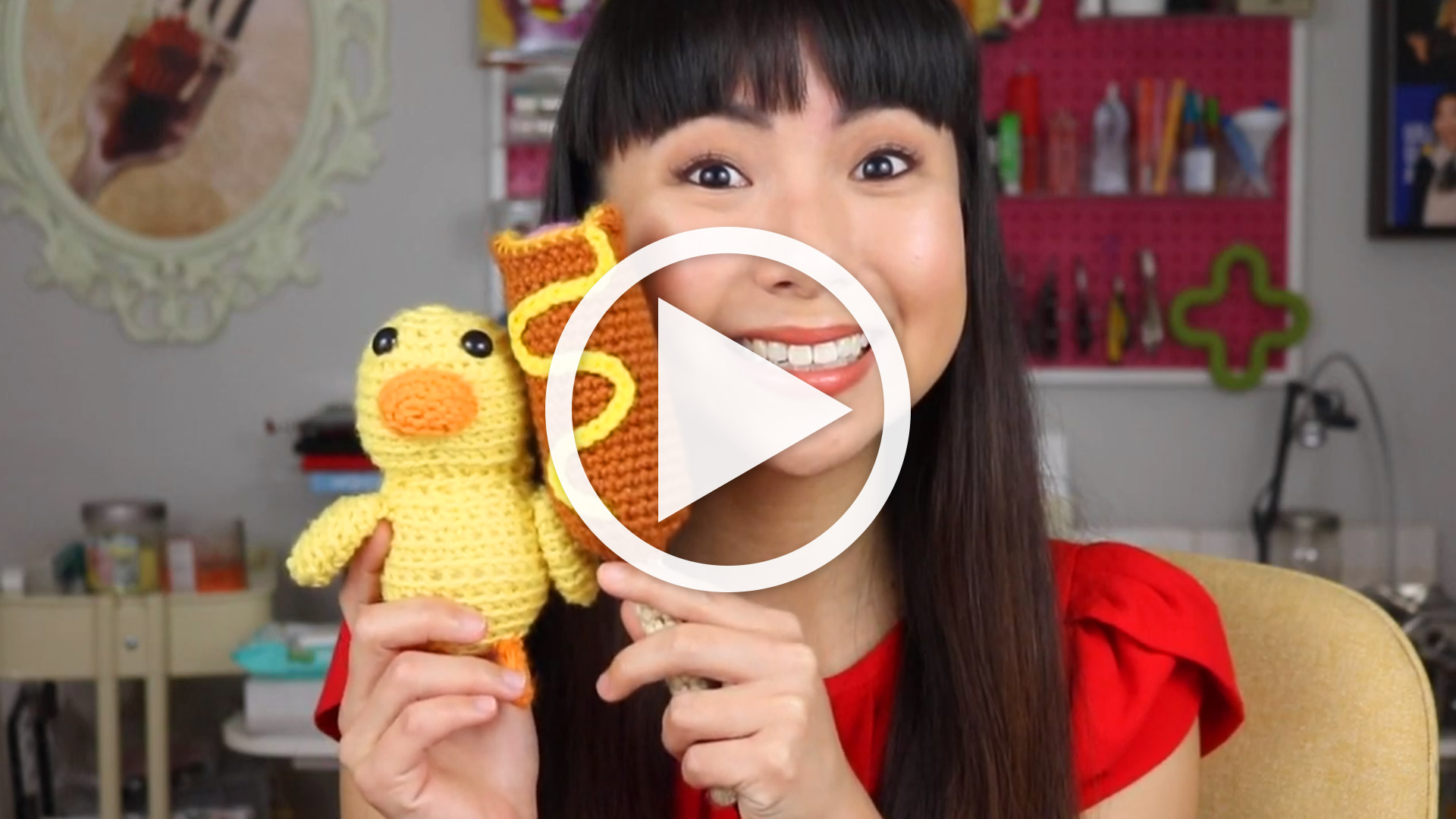
Make Your Products Stand Out
Okay, so you’ve narrowed down your ideas to designs that you’re pretty sure people will want. Now, let’s keep pushing harder. To be successful, you’ll need to make sure your products stand out. So, what’s special or different about your patterns?
- Maybe it’s something about the techniques used in your designs.
- Maybe it’s the aesthetic of the design itself.
- Maybe it’s the quality of the tutorial videos you provide.
You want to become known for what you do and the best way to do that is to really just keep repeating what makes you different in everything you do. Shout it from the rooftops, imbue that in every design you make, in your branding and marketing communications on social media.
Over time, when your messaging is clear and consistent, you will train people to think of you as being THE brand that specializes in whatever it is that makes you different.
And people will think of you first, instead of your competition, when they’re ready to buy what you sell.
One of my really good friends Stacey Trock started and used to run a crochet pattern business that she sold a couple of years ago. I asked Stacey about what she thinks the hardest part about starting a pattern business today is, and she said,
“When I began designing in 2008, putting a link to a video in it was novel. Many of my customers bought my patterns because my instructions showed them every step of the way. Nowadays, that depth of instruction is widespread, almost to the point of being essential. The level of quality expected now is just next-level.”
The expectations are high and you’ve got to make sure you deliver that if you want to succeed.
Pricing
When it comes to pricing patterns, you’re going to be pretty restricted by your competitors.
At the time of this writing, most knitting patterns sell between $6 and $8, and most sewing patterns are in the $12-$18 range. The reasons behind the difference are historical. For example, sewing patterns used to be printed, and the price didn’t move when they converted to digital, and a knitting customer will likely balk if you price your knitting patterns at $18.
With pricing more or less fixed, your business is all about the quantity you can sell. With the exception of a bit of customer support, you’re doing the same amount of work whether you sell one pattern or a thousand, right?
In terms of the production of the pattern itself – while most designers think of their product as the thing they’re designing, for example, the sweater, the embroidery art, the sewn hat, your product is the pattern. Of course, you need to design something, but customers will judge the quality of your product by how nice the pattern is. This means you need to be very discerning about four things.
Number 1: The Instructions
You must make sure they are no errors. I recommend hiring a tech editor to go over your pattern and run your pattern through a round of test crafters before actually releasing and selling it.
Number 2: The Illustrations
Illustrations, for sewing and embroidery patterns, make up the pattern itself.
If you are not able to digitally draw the pattern, it’s worth hiring out this step to a graphic designer.
Number 3: The Photography
The ‘hero image’ of the final end product is what sells your pattern.
If you can, make a variety of samples and photograph them on a variety of body types.
Number 4: The Pattern Layout
Again here, it’s worth hiring a graphic designer to craft your template so that it’s professional and on-brand. Consider it a worth while investment because it’s a template you’ll be using for all of your designs in the future.
When starting your business, it can be heart-wrenching to spend so much time upfront creating your first few patterns before any sales come in. But, please spend that time up front to make sure everything’s in tip-top shape.
It’s worth it. Because if your first few patterns are poor quality or give your customers a poor experience, it will damage your customer’s trust in your brand and it’s hard to grow from there!
Distribution
Because patterns are mostly digital, I recommend setting up an automated system that will deliver the pattern to the customer immediately and automatically.
If you design knit or crochet patterns, you’ll likely want to add your patterns to Ravelry, which also has code that you can use to deliver patterns on your own site. Etsy also has an instant delivery option.
I always recommend that you have your own site, even if you are using other platforms for selling your patterns. For Shopify, you’ll need an app to to automate digital download deliveries, and there are a ton to choose from in the app store.
In the future, once you’ve gained a following, there’s always the option of printing your patterns and distributing them to local craft stores or even publishing your own book.
Partnering with Supply Companies
If you’re buying your supplies to make your samples at retail prices, then pattern designing can get expensive. I recommend partnering with supply companies for your designs.
In the yarn industry, this typically looks something like, you mention the yarn brand’s name specifically in the pattern and they’ll give you the yarn to make a sample.
In the sewing world, companies don’t tend to do as many partnerships partly because lines of fabric change more than yarns do, but you can connect with a company to purchase fabrics in wholesale quantities.
While these options may not be available to you for your first design, it’s important to keep in mind as it’s a way of significantly lowering your costs.
Setting Up Your Website
Once you have your pattern line launched, you’ll want to set up your own website where you’ll be selling your patterns. I talk about why your own website is better than Etsy in this video here if you’re curious about that.
Product Photos
Make sure you invest in professional, high-quality product photos. I’ve seen that successful pattern designers tend to have amazing photos. It’s what draws people in to your patterns and it’s also what makes them trust you.
Great product photos give your brand more credibility and authority and that makes people more comfortable buying from you.
Building an Email List
You’ll definitely want to put some sign-up forms and collect email addresses from people who visit your site so you can send them emails, later on, to continue building that relationship with your potential customers.
You can use MailerLite to host an email list of up to a thousand subscribers for free.
An email list has one of the highest conversion rates of any marketing that means it’s really high ROI, and it’s one of the only marketing avenues that you actually own.
You don’t own any of your social media fans, and if you lose your Instagram or Facebook account tomorrow, or the algorithm changes out of your favor, which you can’t control, then you’re stuck. So set up your email marketing funnels, start an email list and put a sign-up box on your site even if you aren’t actively sending emails, yet, or if you’re not even getting traffic yet.
You’ll be glad that you’ve got all those things set up when you DO start to get traffic.
Marketing
Besides email marketing, I believe content marketing is going to be key here.
I don’t usually recommend this to physical product makers who sell a finished, end product like jewelry or clothing or wall art, but as pattern makers, you’re in a unique position because you’re ultimately selling education.
Educators really benefit from content marketing like writing informational blog posts, YouTube video tutorials, livestreams, setting up a Facebook group to share your experience and advice, and building a community.
Content marketing is especially useful for people who need to build authority, and as an educator, the biggest challenge to get people to buy is they need to trust you. They need to know you’re a good teacher, and you know what you’re talking about.
Content marketing certainly takes more time to do, but focus on evergreen content and make sure it’s super high-quality stuff because that’s when people will share your work without you asking them.
Besides content marketing, I believe doing media outreach and Facebook ads will be just as effective for you. You can pitch yourself to be on podcasts as a guest, or write articles for popular magazines or websites so you can start building a name for yourself.
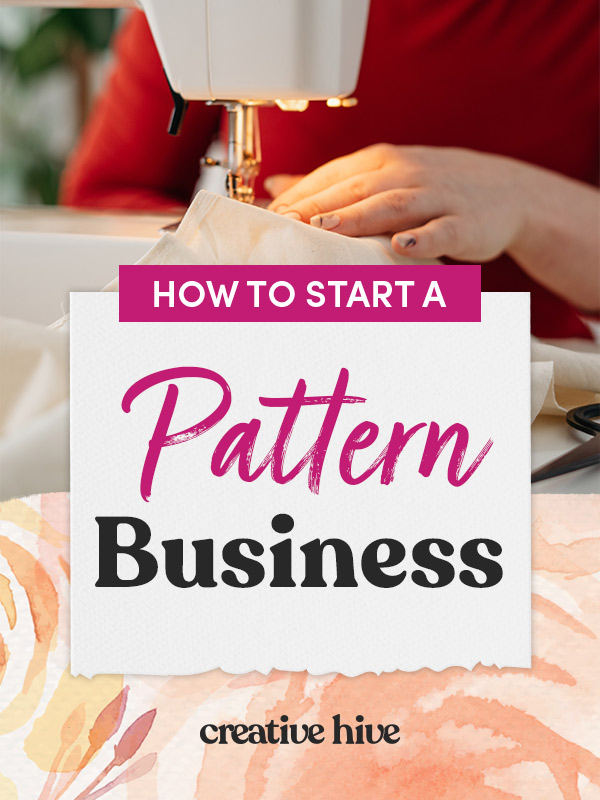
Leave a Comment
Liked this article? Share it!
Unlock a Profitable Handmade Business
in Just 12 Weeks Without Using Etsy
or Social Media
FREE WORKSHOP
This workshop is for anyone who makes and sells a handmade or physical product, including jewelry designers, artists, paper designers, bath & body product makers and more!
What You'll Discover
The #1 mistake people make with Etsy & social media that causes shops to FLOP
The secret to making it with your handmade shop so it's no longer just a hobby
How to make sales in your handmade shop with ease so you can finally get to 6-figures
TAKE ME THERE
Your email address will not be published. Required fields are marked *
Leave a Reply Cancel reply
About
Blog
A Sale A Day
Student Login
Free Class
Contact
Terms
Become A Student
Watch On YouTube
Student Reviews
See My Handmade Shop!
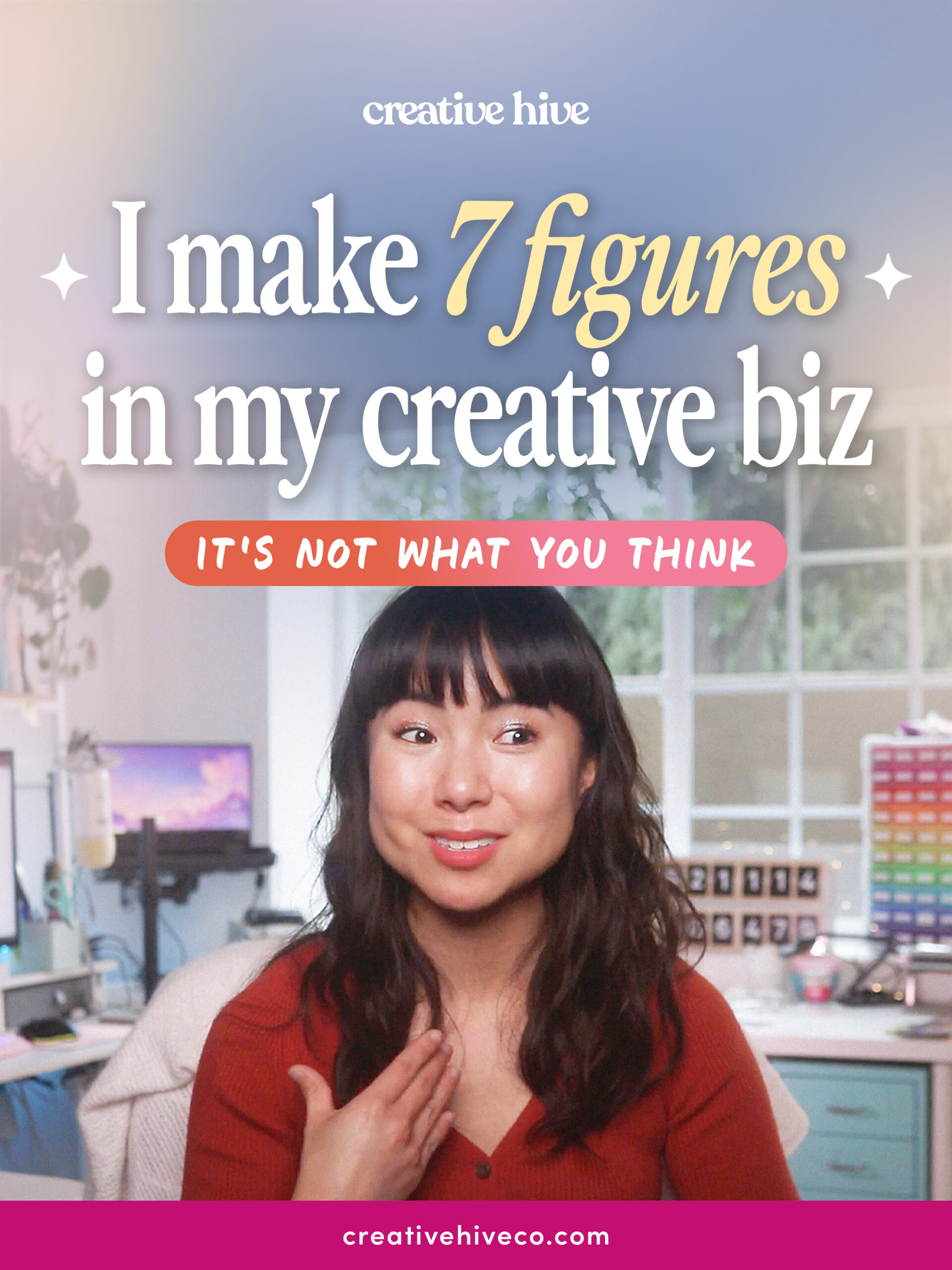
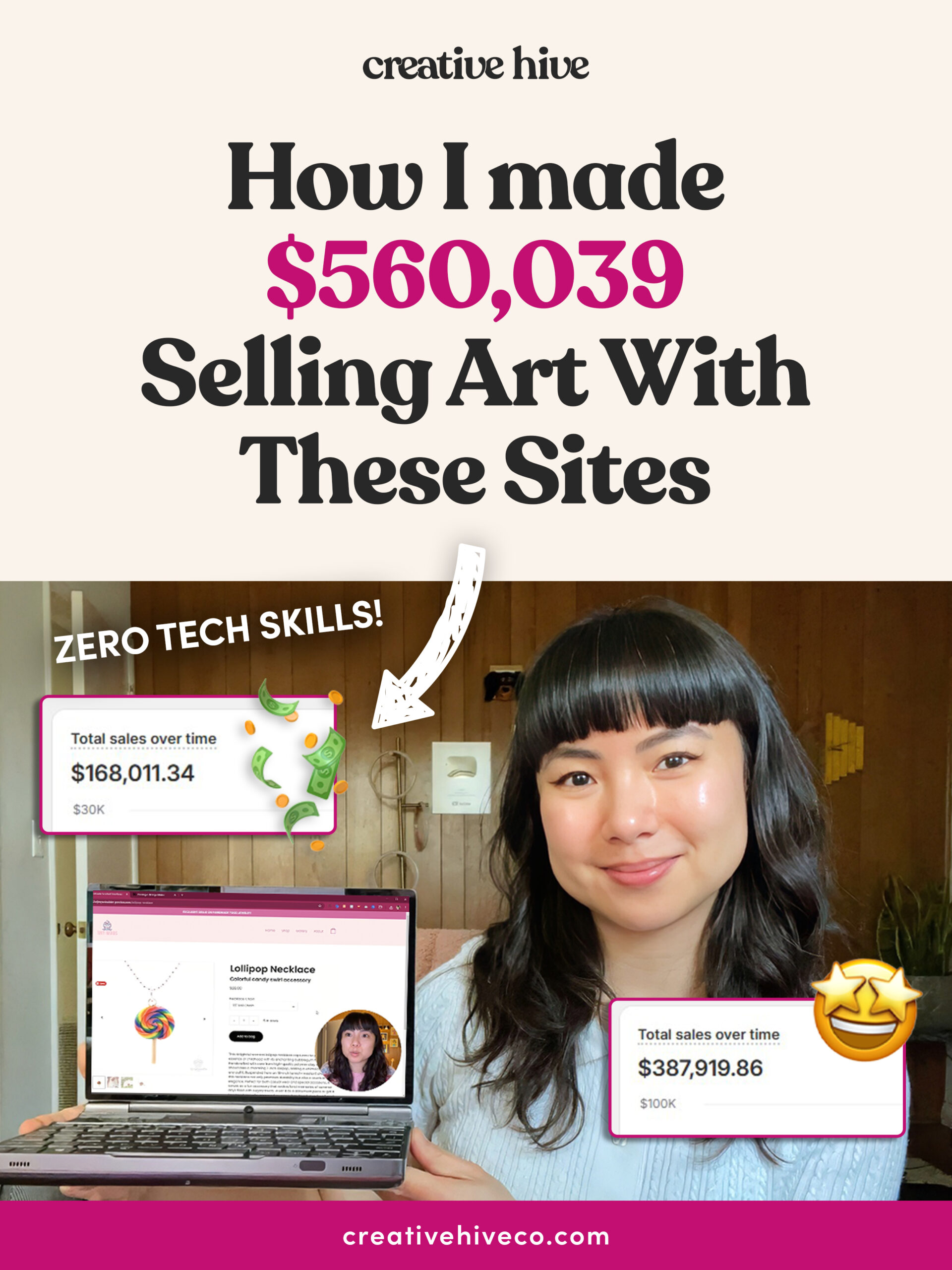
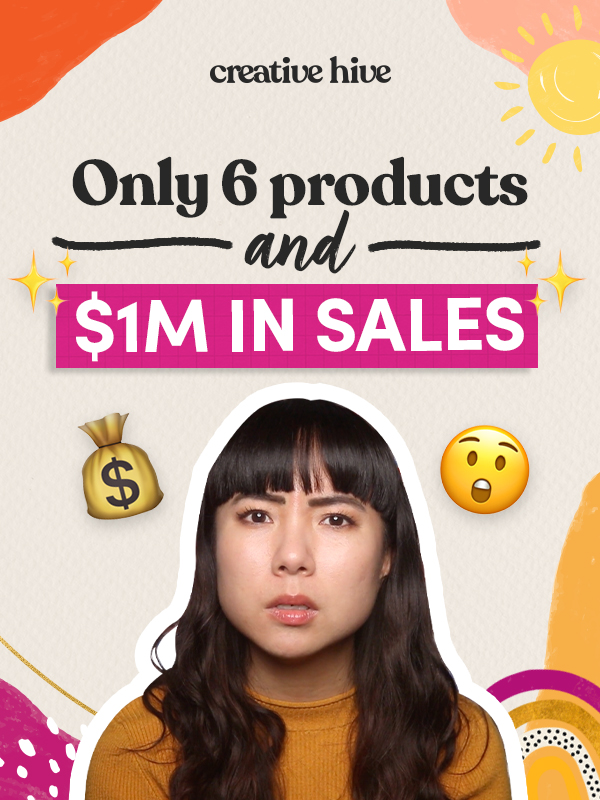
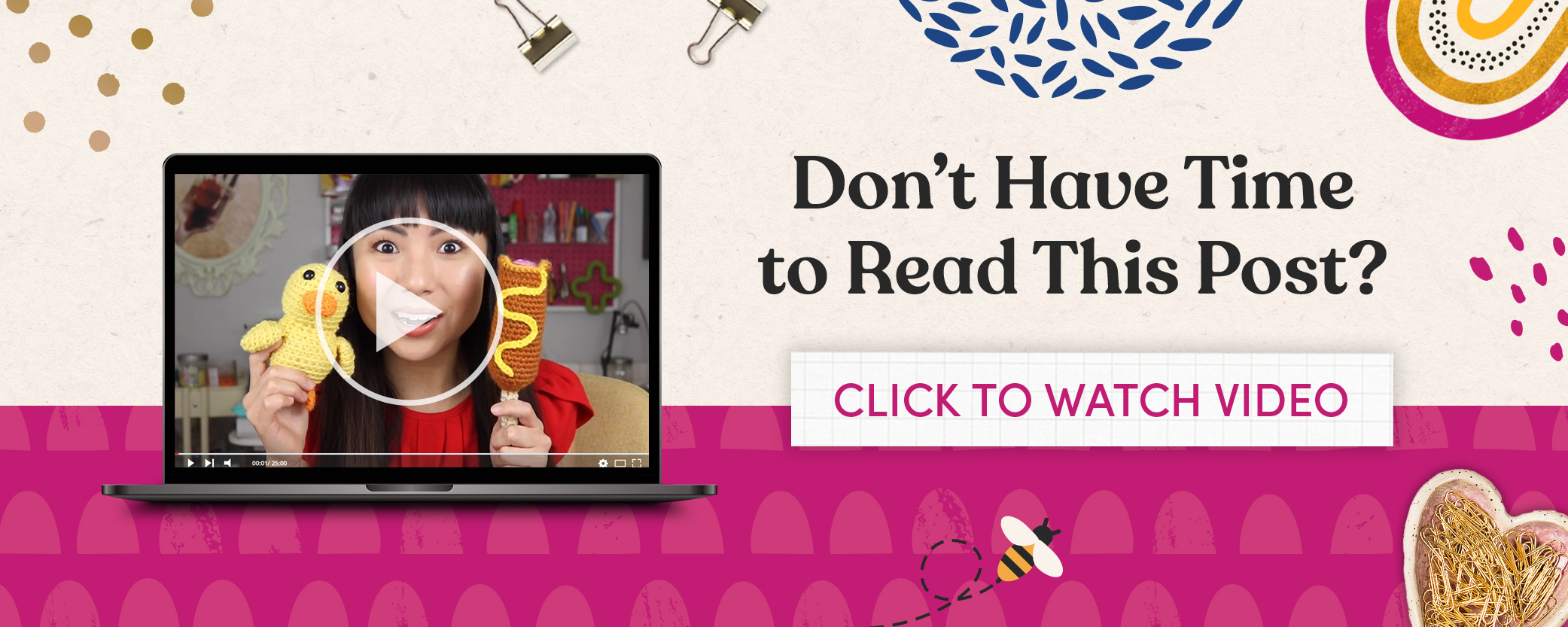
Additional resources for Small Businesses